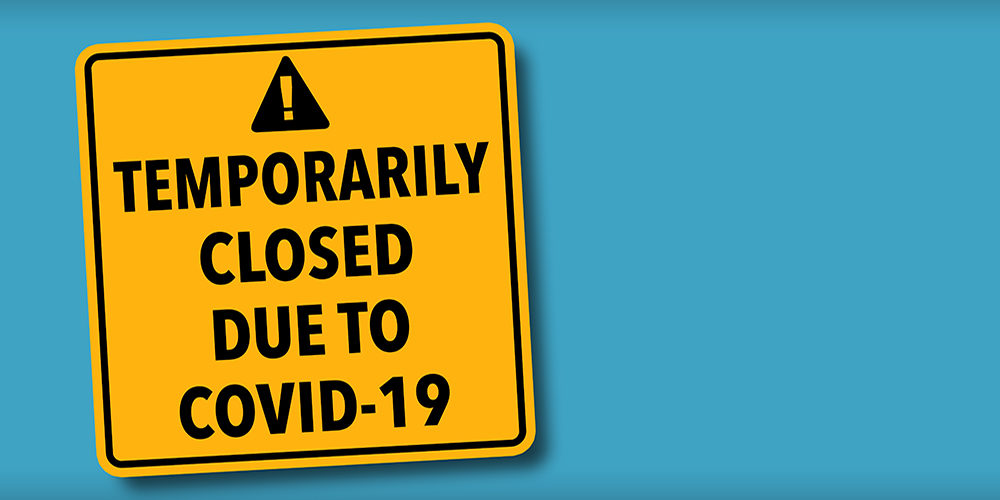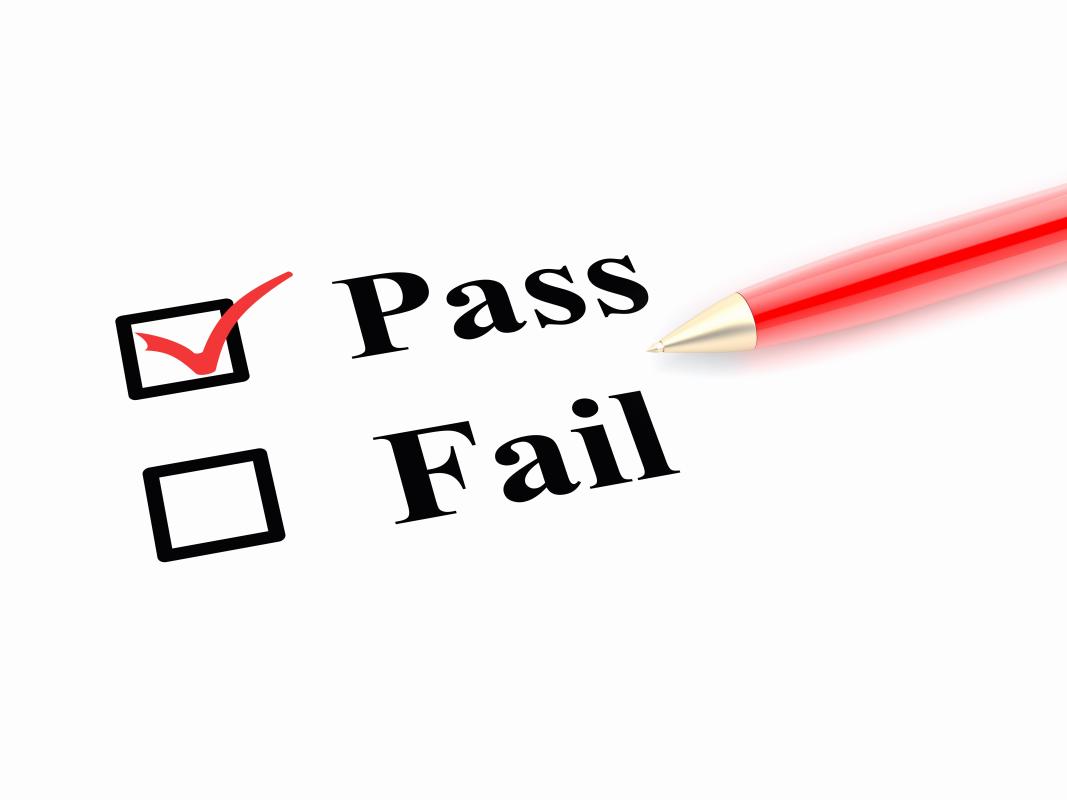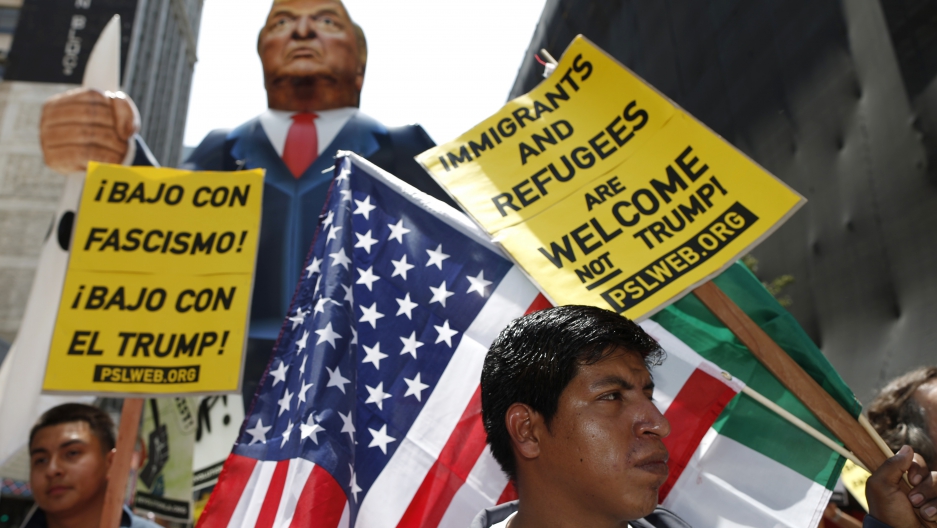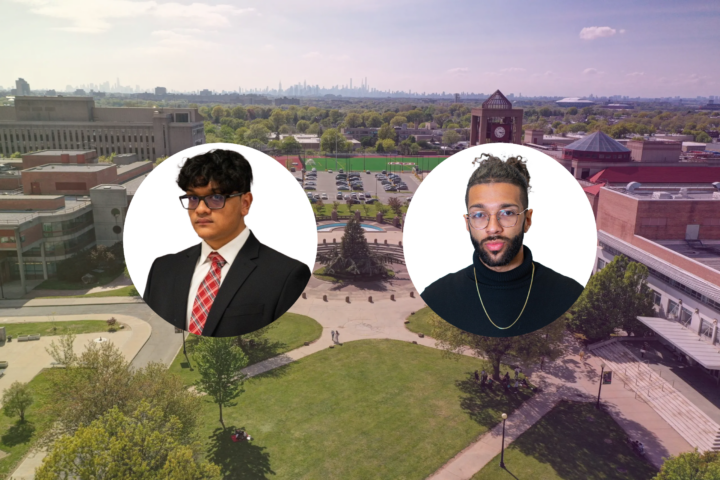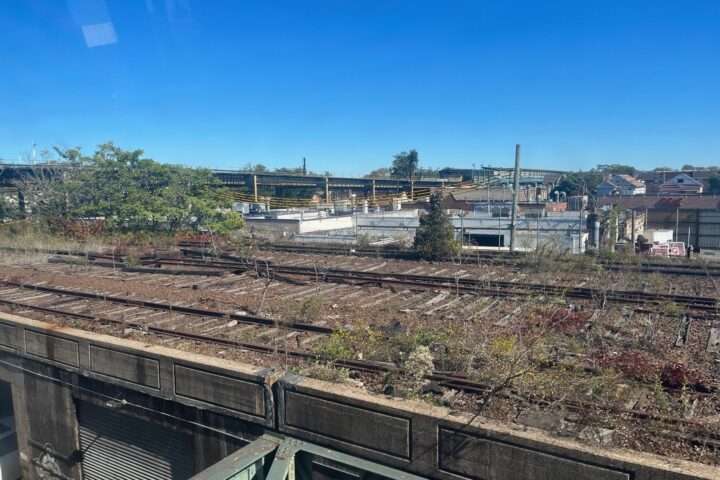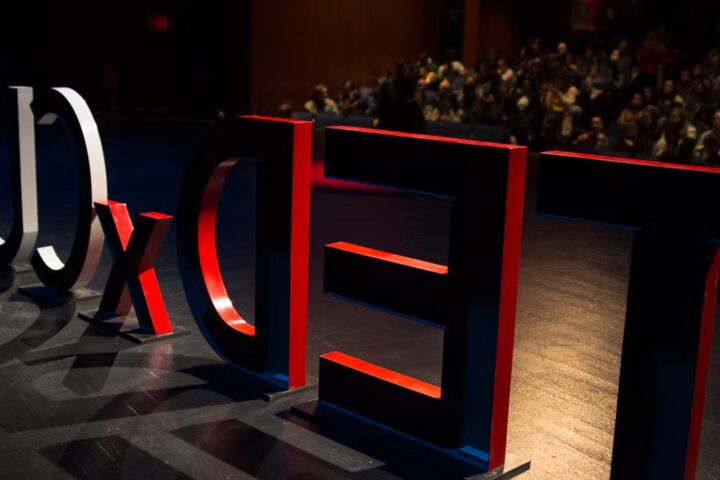The expiration of the tuition freeze is approaching and Governor Cuomo is currently working on the new budget. With this new political climate and questionable budget maintenance, many students and their families are wondering if New York State higher education policies are helping or hurting.
A college-educated workforce is in demand; a recent Georgetown University study found that by 2018, nearly two-thirds of New York jobs would require a post-secondary education. What’s more, college-educated workers still earn more than their high-school educated peers – in fact, by an average of $17,500 per year for millennials.
Unfortunately, despite the powerful arguments in support of state investments, the opposite has occurred. In New York between 2000 and 2014, the cost of public college rose nearly 40%, while median income in New York declined by 3%. On top of that, New York’s so-called “rational tuition” policy jacked-up the cost of tuition at public colleges by over 30% since 2011 while state funding remained largely flat and funding for financial aid programs stagnated. And, college costs don’t end at the tuition bill, students must also take on mounting textbook, transit, housing, and food costs. It is no wonder we have seen food pantries popping up on college campuses to alleviate the economic struggle college students are facing.
New York State ranks as one of the most expensive states in the country. Many New York students and their families simply don’t have the extra income to absorb these costs. Rising college costs have been neither offset by rising wages nor offset by rising state funding grants. This combination has eroded college affordability and has contributed to another problem: a college student “brain drain.” According to the New York Times, budget cuts have led to sharply higher tuition in New York State, which now exports far more college students than it imports from other states. Last year over 3,600 college students came to New York to attend public college, while over 10,000 New York students left the state to attend college – a ratio of three to one.
What is needed is a substantial investment from the state. Without increased public funding, CUNY and SUNY cannot improve rising full-time faculty-to-student ratios, provide adequate counseling and mentorship services, or fund support services critical for students’ success. Increased state funding will alleviate future pressure for a tuition hike, provide critical resources to protect the quality of a CUNY and SUNY education, and provide higher education accessibility for all students.
Just as New York invests in K-12 education because full and equal educational opportunity is a public good, expanding investment to higher education will benefit New York’s economy and communities at large. An investment in public higher education in New York State is essential if the government is serious about fighting social and economic inequality.
Let’s hope that this academic year sees government policy that invests more in colleges and universities. That’s one investment that has guaranteed payoffs.
Meghan Cobane, Alyssa Ellis, and Anestoria Shalkowski
Project Coordinators
Queens@nypirg.org






